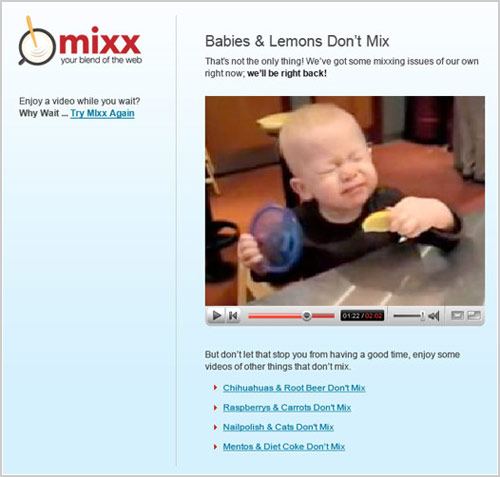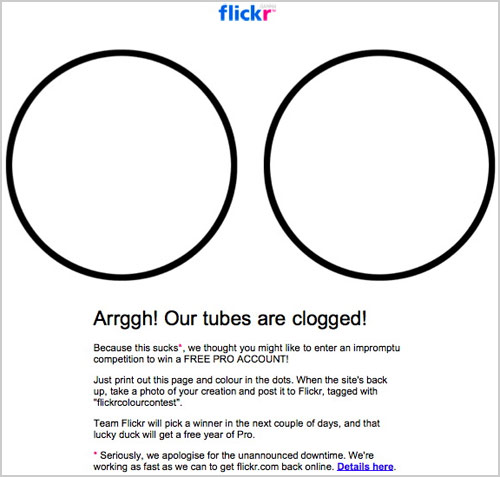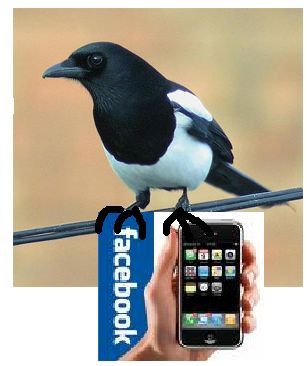I’ve noticed a change in my Google alerts for web 2.0 over the last couple of weeks. Gone are the IT/advertising industry posts along the lines of ‘if you’re not using web 2.0, you’re missing out’ and, in their place, are articles and blog items on the death of web 2.0. Of course this, like everything else, is filtered through the balanced, reasoned credit crunch mind set of the moment (i.e that we’re all doomed. Doomed, I tells ye), but it seems reasonable that if web 2.0 companies (Twitter and Myspace chiefly among them) aren’t making money, then they could well disappear.
In some senses this is a bad thing; notions of technology being shared and free aren’t going to appear particularly attractive to investors at the moment. In other ways, the withdrawal of investment and speculation might provide a more focused, long term approach to the development of the web, where short time buzz and grating novelty are replaced by utility and sustainability. With any luck the ‘folk’ element of web 2.0: communities, social media applications, open source programming and the efficacy of communicating, collaborating and evaluating across boundaries, will things that will survive downturns in investment or the death of a couple of major websites.
Assuming that these things do survive, it will probably be sensible to attempt some sort of re-brand when mentioning ‘web 2.0’ as a sort of catch-all for new technologies, as the current media savaging of it, at least in the entrepreneurial/Silicon Valley sense, will in all likelihood turn it into a negative, embarrassing and eventually out of date term along the lines of the ‘Dot.com bust’. ‘Web 3.0’ has already been bandied about as a term, but I think something as low-key as ‘new and useful technologies’ might be a useful descriptor in avenues like information skills training as it sidesteps buzzy and potentially alienating ‘…2.0’ terms. After all, it seems to me that the internet is an organic, evolutionary, shifting kind of space and as such defies attempts to define it in any one way; diving it into ‘1.0, 2.0. 3.0’ eras is probably something to do in retrospect and not in the moment.







Recent Comments